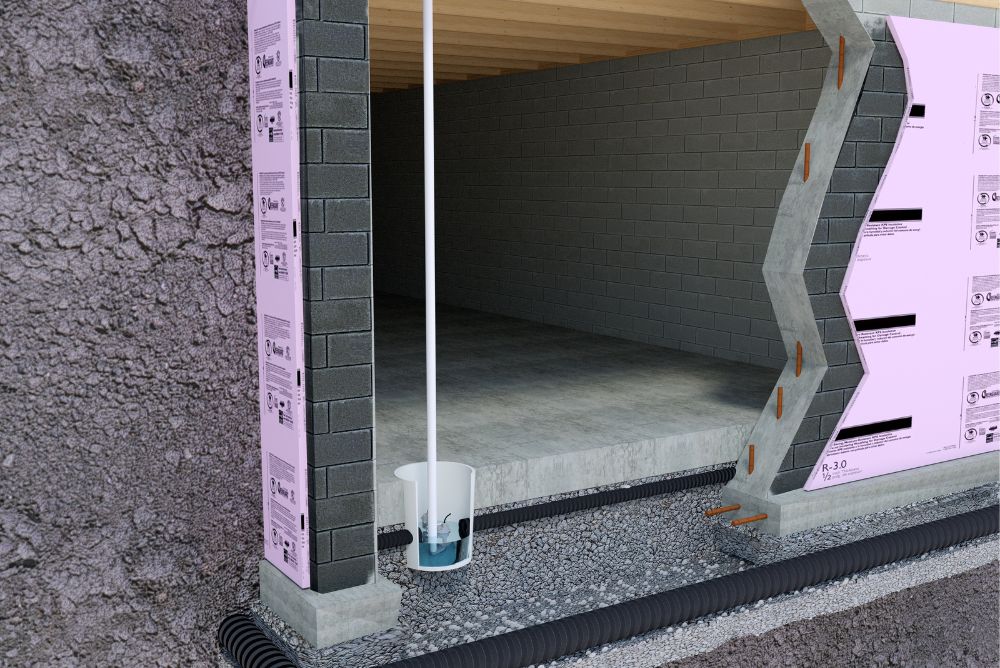Testing for radon inside a home is a common part of a real estate transaction, but many people fail to test the crawl space beneath the house. Although you may not think this area is significant if it’s empty, it may be more vital than you think. You probably won’t spend much time, if any, in your home’s crawl space. However, that doesn’t mean it’s okay for it to have high radon levels. Discover why you should worry about radon in an empty crawl space.
Out of Sight, Out of Mind?
Crawl space foundations are relatively common in many areas, as they’re often cheaper to build. Aside from losing the storage or extra living space that comes with a basement, there are no true structural disadvantages of having a crawl space. However, many have dirt floors rather than concrete, which can make it even easier for radon to build up. For many people, crawl spaces are out of sight and, therefore, out of mind. The issue is that what happens in your crawl space can affect the rest of your house.
Dirt Floors Are Radon Windows
Although radon may also come through gaps and cracks in your foundation or concrete slab, it’s much more likely to build up in a crawl space with dirt floors. Because radon often develops in the soil, dirt floors are like open windows for radon to enter your crawl space. Venting your crawl space can be an effective solution to increasing radon levels, but it can also cause mold growth, frozen pipes, high energy bills, etc. As a result, a better solution is often necessary to remove radon from your crawl space.
Crawl Space Radon Levels Impact Your Home
You may not think a high radon level in your crawl space is a big deal, but it can impact your home. If it can build up beneath your home, there’s a high probability that it can also infiltrate the first floor of your living space. Because radon gas will take the path of least resistance, it’ll escape into your house through gaps in the flooring before it moves outside. Unfortunately, radon in your crawl space almost always means radon inside your house.
Consider Crawl Space Testing and Mitigation
Crawl space radon testing is crucial, as it may divulge the true likelihood of having high radon levels in your living space. If you test the area and the results are higher than you’d like, don’t hesitate to consider radon mitigation crawl space services. Whether a professional installs a mitigation system or recommends crawl space encapsulation, you’ll be on the path toward solving your radon issue.
Now that you know why you should worry about radon in an empty crawl space, you can take the necessary steps to correct the circumstances. Radon exposure is incredibly dangerous, but acting fast is the key to limiting its effects.


Recent Comments